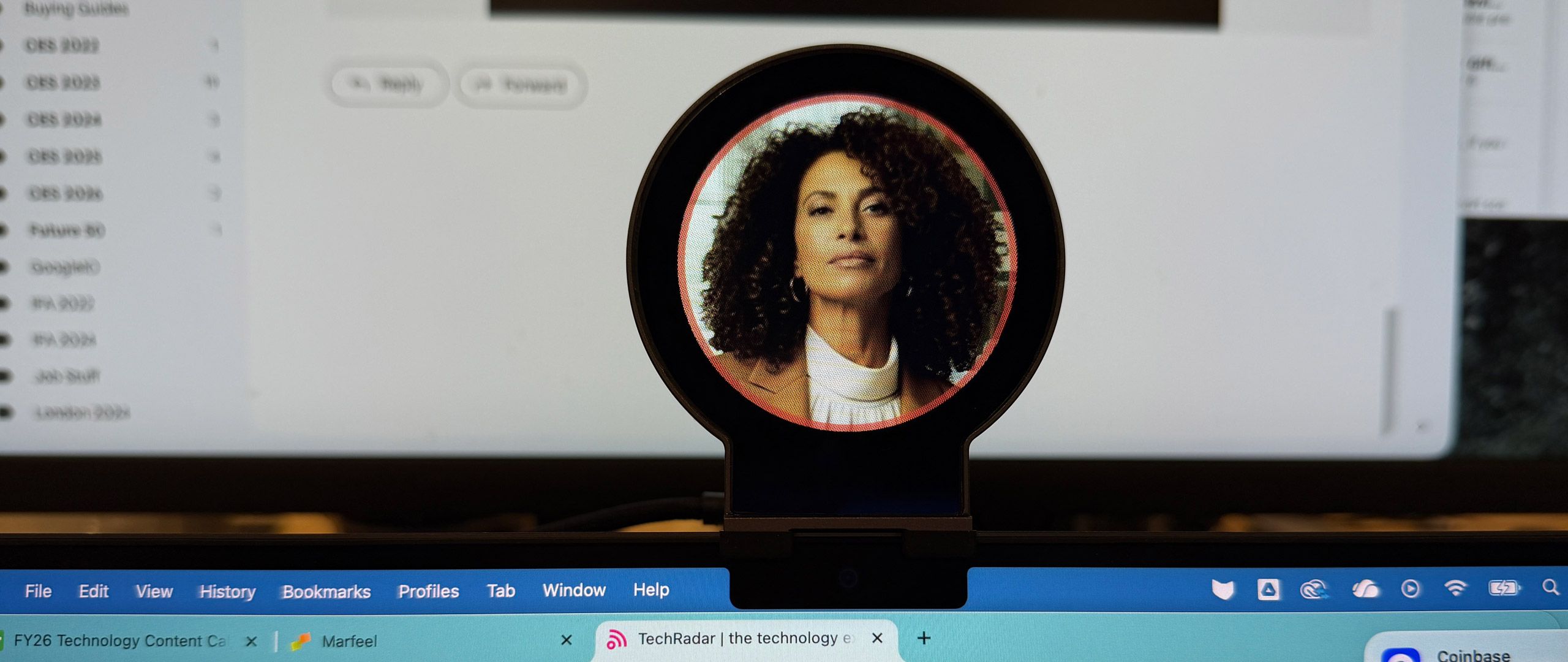Napster View AI Introduces Holographic Avatars and Digital Twins

Key Points
- Napster View AI ships as a $99 holographic screen that mounts on MacBooks.
- Floating avatars act as specialty assistants, powered by models from OpenAI, Google Gemini and Eleven Labs.
- Users can share screens or enable webcam analysis for visual AI assistance.
- A digital twin can be created by uploading a photo, LinkedIn profile, and completing an AI interview.
- The service requires a $49 per month subscription for continuous avatar and twin access.
- Reviewers praise the sleek hardware but note the intrusive visual and audio interaction.
- Avatars handle tasks like financial analysis and coding suggestions but cannot draft lay‑off emails.
Napster View AI combines a small holographic screen with a suite of avatar‑based assistants that run on MacBooks and other computers. The $99 hardware mounts above a laptop display and shows floating avatars powered by models from OpenAI, Google Gemini and Eleven Labs. Users can share screens, enable webcam analysis, and even create a personalized digital twin by uploading a photo and LinkedIn profile. While the design is praised for its sleekness and the avatars are intriguing, reviewers note the constant visual presence and the need for spoken interaction can feel intrusive. The service costs $49 a month for ongoing avatar and digital twin access.
Design and Hardware
Napster View AI arrives as a $99 peripheral that attaches to the top of a MacBook screen. The device is roughly two inches in diameter, thin, and balances on a pair of folding metal blocks that cantilever the holographic display above the laptop. A USB cable connects the hardware to an available port, and the MacBook’s Apple‑silicon GPU drives the graphics. The screen uses lenticular technology to give the impression of floating avatars that appear separate from the background.
AI Avatar Experience
When installed, the Napster View app lets users summon a “team” of virtual assistants, each with a distinct specialty such as finance, wellness or coding. The avatars are rendered by Eleven Labs and move just enough to seem lifelike, though most of the interaction is vocal. Users press a microphone button to activate speech, then can enable screen‑share or webcam analysis for the AI to examine visual data. The avatars can evaluate financial spreadsheets, suggest wellness tips, or generate code snippets, but they do not handle tasks like drafting lay‑off emails.
Digital Twin Creation
The platform also offers a digital twin feature. Users upload a clear photo, which the system transforms into a rendered avatar, and provide a LinkedIn profile to establish a career baseline. An AI interview—conducted by an Eleven Labs avatar—asks about career highlights and personal preferences. After reading a permission script to capture a voice print, the twin is created. The twin can be shared via a link, allowing others to chat after signing into Napster AI. The service retains no rights to the user’s likeness or voice.
User Impressions
Reviewers find the hardware well‑designed and the holographic effect effective, but they express discomfort with a constant visual presence that seems to watch the user. The need to speak aloud, even with earbuds, can be disruptive in shared spaces. While the avatars are novel and the digital twin is technically impressive, the overall utility is questioned, especially given the $49‑per‑month subscription for ongoing access. The experience feels more experimental than essential for most consumers.